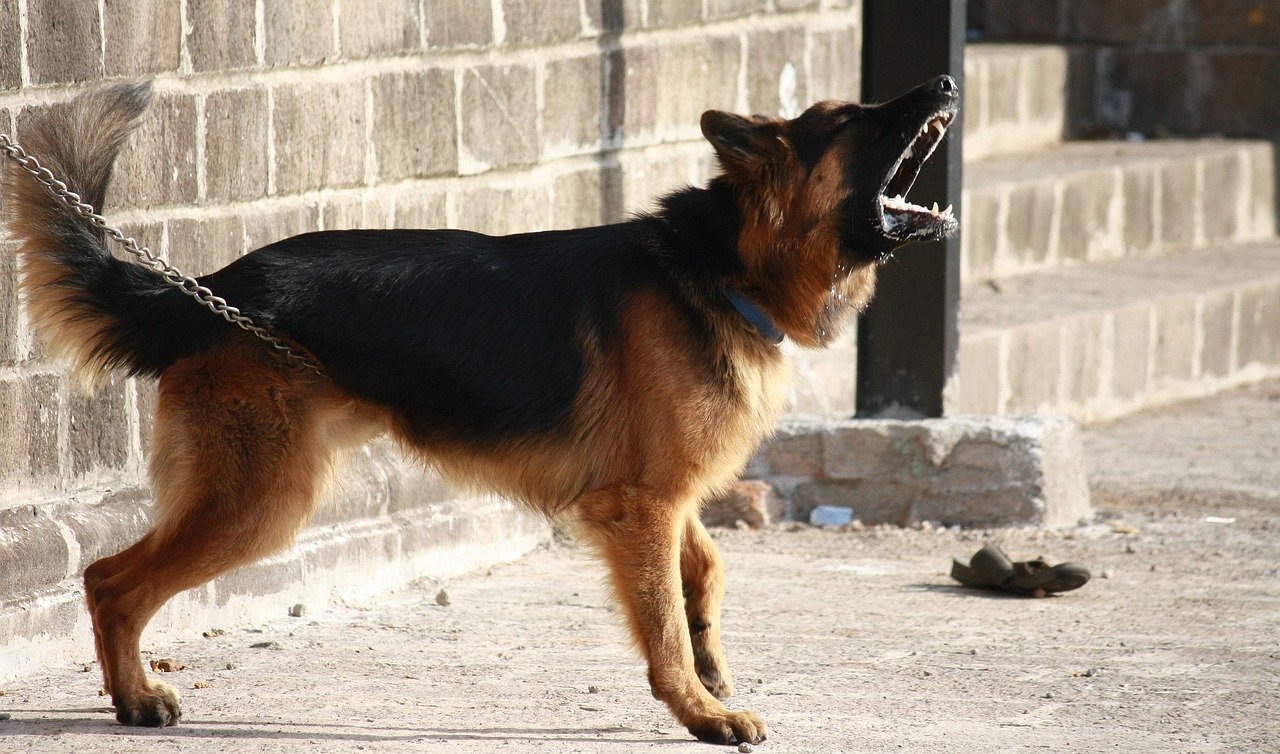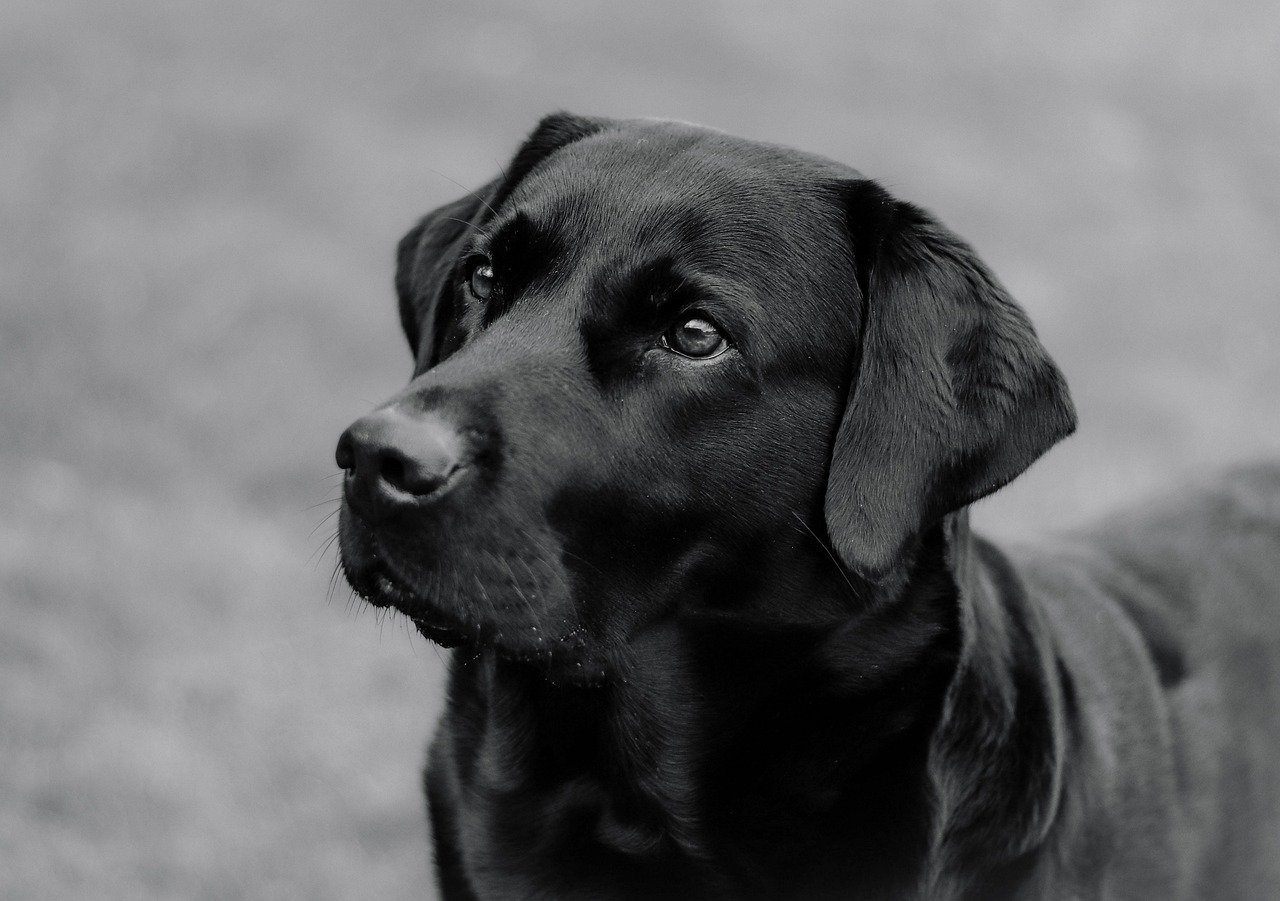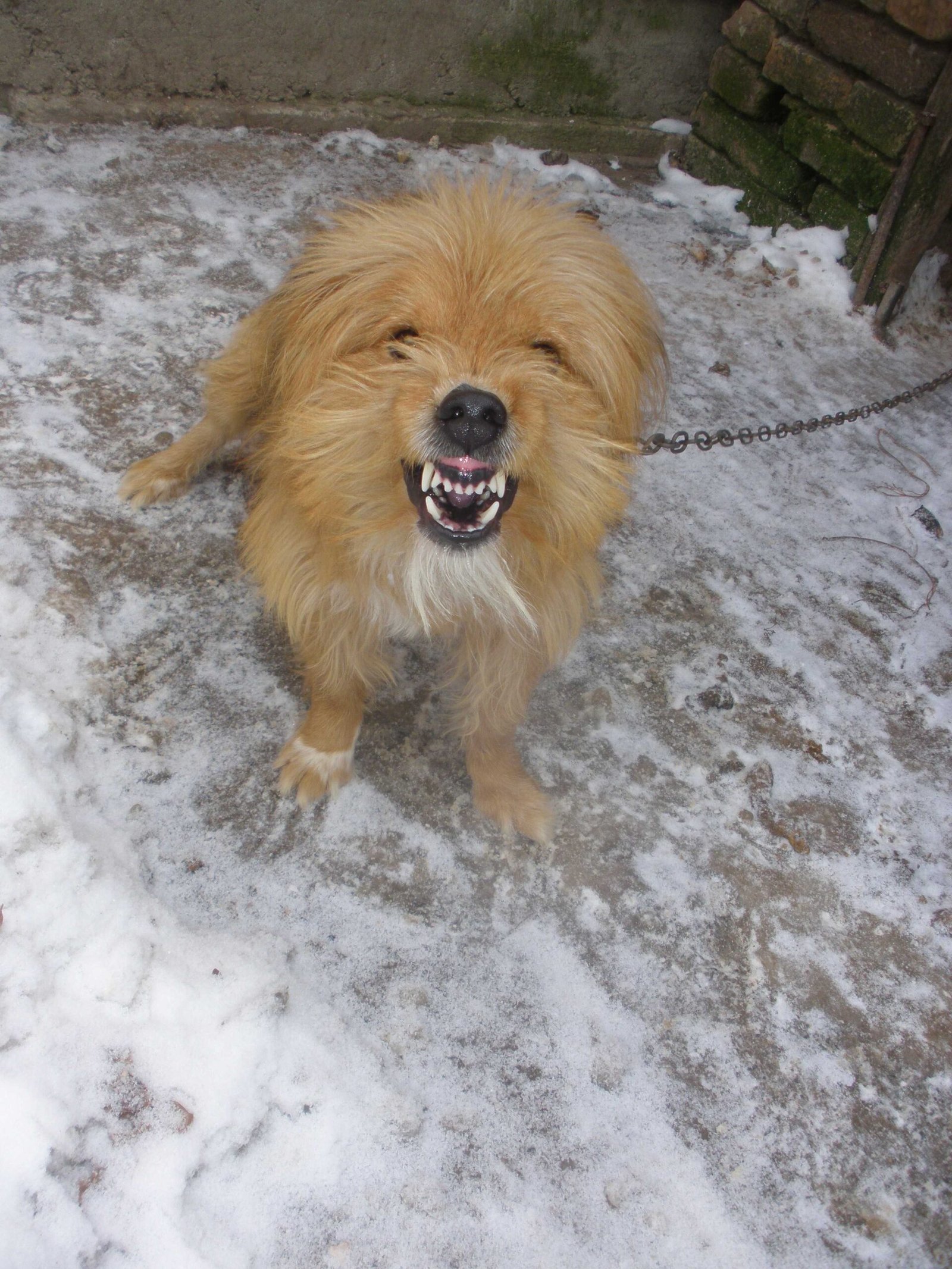Have you ever wondered what your dog is really saying when it barks, whines, or howls? Imagine if, just for a day, you could slip into the mind of your furry friend and understand every woof and whimper. The world of canine communication is far richer and more nuanced than most people realize. Dogs have developed a complex language of sounds, each with its own special meaning. Unraveling this language can deepen your bond, spark laughter, and even help avoid misunderstandings. If you’ve ever giggled at a grumbling pup or felt a pang of worry after a high-pitched yelp, you’re not alone. In this fun and fascinating journey, we’ll uncover the hidden messages behind your dog’s vocalizations, revealing a world that’s both heartwarming and surprising.
The Classic Bark: More Than Just Noise

Barking is probably the first sound that comes to mind when we think about dogs. But did you know that not all barks are created equal? A sharp, rapid bark often means excitement or alertness, like when your dog greets you or spots a squirrel. On the other hand, a deep, long bark might signal a warning or a sense of threat. Some dogs have an “I’m bored” bark, which is repetitive and less intense. The pitch, duration, and frequency of barking tell a story—sometimes your dog just wants your attention, and other times, they’re telling you about something new or strange in their environment. If you listen closely, you’ll start to notice patterns, much like learning the rhythm of a favorite song.
The Mysterious Howl: A Call to the Pack

Howling can sound eerie, but for dogs, it’s a powerful tool for communication. Descended from wolves, dogs use howling to announce their presence or call out to other pack members. Some dogs howl along with sirens, music, or even when left alone, as if they’re sending out a “where is everyone?” message. It’s also a way for dogs to express their big feelings, like loneliness or anxiety. Despite its dramatic flair, a howl can also be playful—especially when your dog tries to mimic the sounds around them. Think of howling as your dog’s version of singing in the shower: sometimes heartfelt, sometimes just for fun.
Whining Wonders: When Dogs Get Emotional

Whining is one of the most expressive—and sometimes confusing—sounds dogs make. A dog may whine when they’re excited to see you, when they want food, or when they’re feeling nervous or uncomfortable. It’s a vocalization that tugs at our hearts, often prompting us to respond quickly. Puppies are notorious for whining, especially when they miss their moms or want attention. For adult dogs, whining can signal pain or a need to go outside. If your dog’s whining feels excessive, it might be their way of telling you something’s wrong. Like a child’s plea, whining is hard to ignore and always packed with emotion.
The Playful Growl: Not Always a Threat

Growling sometimes gets a bad reputation, but not all growls are signs of aggression. Dogs often growl during play, especially when tugging on toys or play-wrestling with their humans or other dogs. This playful growl is usually higher-pitched and paired with wagging tails and goofy grins. Of course, a low, sustained growl can be a warning: “Back off, I’m not comfortable.” To tell the difference, watch your dog’s body language. If they’re relaxed and bouncy, the growl is probably all in good fun. If they’re stiff and tense, it’s time to give them some space. Think of it like siblings roughhousing—lots of noise, but usually no real danger.
The Joyful Bay: Hounds and Their Heritage
Some breeds have a special way of talking called baying, a sound that’s somewhere between a bark and a howl. Hounds, like beagles and bloodhounds, are famous for their deep, resonant bays. This vocalization was originally used to signal a successful hunt or to alert their human companions to interesting scents. Even in modern homes, a hound’s bay can fill the house with a unique musicality. It’s a proud, booming sound that says, “I found something amazing!” For hound owners, the bay is a joyful reminder of their dog’s heritage and natural instincts.
The Happy Huff: Snorts, Sighs, and Sneezes

Not everything your dog says is loud or obvious. Sometimes, the quietest sounds speak volumes. A gentle huff or snort often means your dog is content, relaxed, or trying to get your attention in a subtle way. Sighs can signal deep relaxation, like a person unwinding after a long day. Some dogs even “fake sneeze” during play or when they want to distract you. These softer sounds are like little inside jokes between you and your dog—easy to miss, but full of meaning for those who know how to listen.
The Alarm Bell: Yelps and Screams

Few sounds are more alarming than a sudden yelp or scream from your dog. These high-pitched outbursts usually mean pain, fear, or surprise. If your dog steps on something sharp or gets startled, you might hear a quick yelp. Prolonged or repeated screams are rare and should be taken seriously—they often signal injury or severe distress. As upsetting as these sounds are, they’re crucial for alerting you to a problem right away. Think of them as your dog’s emergency bell: impossible to ignore, and always worth investigating.
Talking Back: When Dogs “Chat” With Their Humans
Some dogs are truly chatty, offering up a mix of barks, grumbles, and even what sounds like talking. Huskies and Shiba Inus, for example, are famous for their “talking” abilities, stringing together a series of sounds that can mimic human speech patterns. Dogs may “talk back” when you ask them questions, greet them, or play with them. This vocal playfulness is a sign of a confident, happy dog who feels comfortable expressing themselves. For many owners, these “conversations” are a daily source of laughter and joy, proof that our dogs are always trying to connect with us in their own special way.






